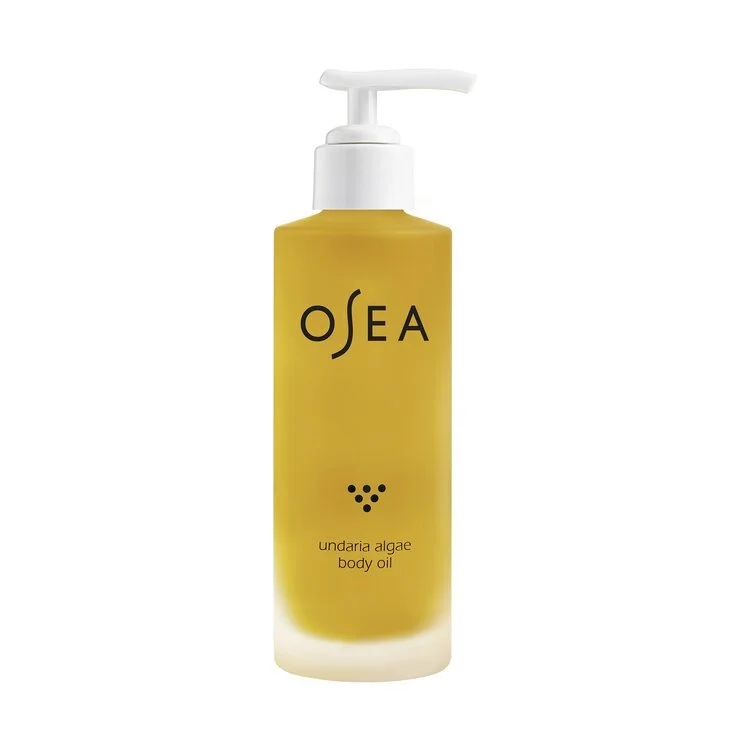WITHIN WELLNESS: The Lymphatic System
If there’s one thing I cannot stress enough as a skincare professional, it’s that our skin’s function is related to and influenced by the health of every other body system. You simply cannot expect to have beautiful skin without taking care of your vessel as a whole.
I will be launching a series of articles called WITHIN Wellness, where I will be giving an overview of the different body organ systems and how they relate to the system that I am most intrigued by, the integumentary system (aka the skin! yes, your skin is an organ).
I decided to kick off this series with an overview of the lymphatic system. The lymphatic system is considered the “garbage disposal” and plays a crucial role in detoxification.
The Lymphatic System: An Overview
First off, I’m so happy the lymphatic system is finally getting the attention it deserves. It plays such an important role in our immune function and overall wellness, not to mention glowing skin!
The lymphatic system consists of lymph nodes, lymph ducts, and lymph vessels, and its main objective is to clear the body of cellular wastes and toxins. It is often referred to as the “second circulatory system,” as it runs alongside the cardiovascular system, collecting excess body fluids from the blood and channeling them into the lymph nodes, where macrophages ingest and destroy cellular debris. This is why you’ll notice enlarged lymph nodes when you’re fighting a cold or an infection- it’s essentially a buildup of white blood cells working hard to destroy germs.
Unlike the cardiovascular system, the lymphatic system does not have a pump to help move things along. It depends on things like muscle contractions, hydration, and manual drainage to work optimally. This is why daily movement, prioritizing fresh foods high in water content, and regular massage sessions are so important.
Lymph + The Skin
Stagnation of the lymphatic system can manifest as an overall “puffiness” and a lackluster/ dull complexion. The medical term for swelling due to a buildup of lymph is edema, and certain medications, too many salty foods, and a sedentary lifestyle can contribute to this condition.
Receiving facials that incorporate manual lymphatic drainage, as well as learning (proper) techniques to use at home, can do wonders for stimulating the lymphatic system.
There are many lymph nodes located throughout your face, neck, and along your collarbones. The lymph vessels that are in the face are superficial, sitting just below the surface of the skin. Therefore you only need light pressure to move lymph along.
The benefits of lymphatic drainage can be seen almost immediately in the face. But, like most things in life, it’s with a consistent practice that you will see the most dramatic and long-lasting changes. As a practitioner, I love that my clients can see a visible different in their faces after just one Gua Sha session. But I also try to remind them that they need to keep coming in for regular treatments and/or commit to a daily home practice (preferably both!) if they want those changes to last.
In addition to manual lymphatic drainage, there are many other ways you can nurture your lymphatic system, and I will explain those in the next section.
Supporting Your Lymphatic System
Hydration
Because lymph is 96% water, it relies on adequate hydration levels to keep flowing optimally. Just one more reason to make sure you’re drinking plenty of liquids throughout the day (coffee and wine don’t count).
Movement
Smooth muscle contraction serves as a “pump” to help lymph move along, which is why a sedentary lifestyle can contribute to lymph stagnation and a weakened immune system. Movement doesn’t have to mean running marathons and doing Crossfit, however. I am a huge fan of Pilates for its focus on core strength and stability (and its low impact), and I also enjoy long walks, the occasional run, and spending time out in my garden (which definitely counts as exercise). Whichever type of exercise brings you joy is the one that you’ll stick to, so focus on that!
Manual Lymphatic Drainage
My favorite part of any service is, hands down, the facial massage. It’s an intuitive dance, an active meditation for me as the practitioner. I love incorporating tools like Gua Sha, jade rollers, and manual lymphatic drainage throughout a service. These provide such tangible benefits for your skin, and they also help ease your mind and body into deep relaxation.
Once you learn the proper technique, you can do your own lymphatic drainage at home. I highly recommend the book The Book of Lymph, which I’ve linked below. In it, Lisa Levitt Gainsley shows you different techniques and sequences that will help stimulate your lymphatic system. Dry brushing is another beautiful home care ritual that also doubles as an exfoliator.
Further reading & resources
DRY BRUSH
Dry brushing stimulates lymphatic flow while also exfoliating dead skin cells, resulting in baby soft skin!
THE BOOK OF LYMPH
For further reading on the lymphatic system, this book is full of illustrations & easy-to-implement protocols.
OSEA UNDARIA BODY OIL
In Ayurveda, abyhanga is the practice of self body massage using a nourishing oil. Not only does it help move lymph along, it also increases circulation, softens and smooths the skin, and calms the nervous system.



